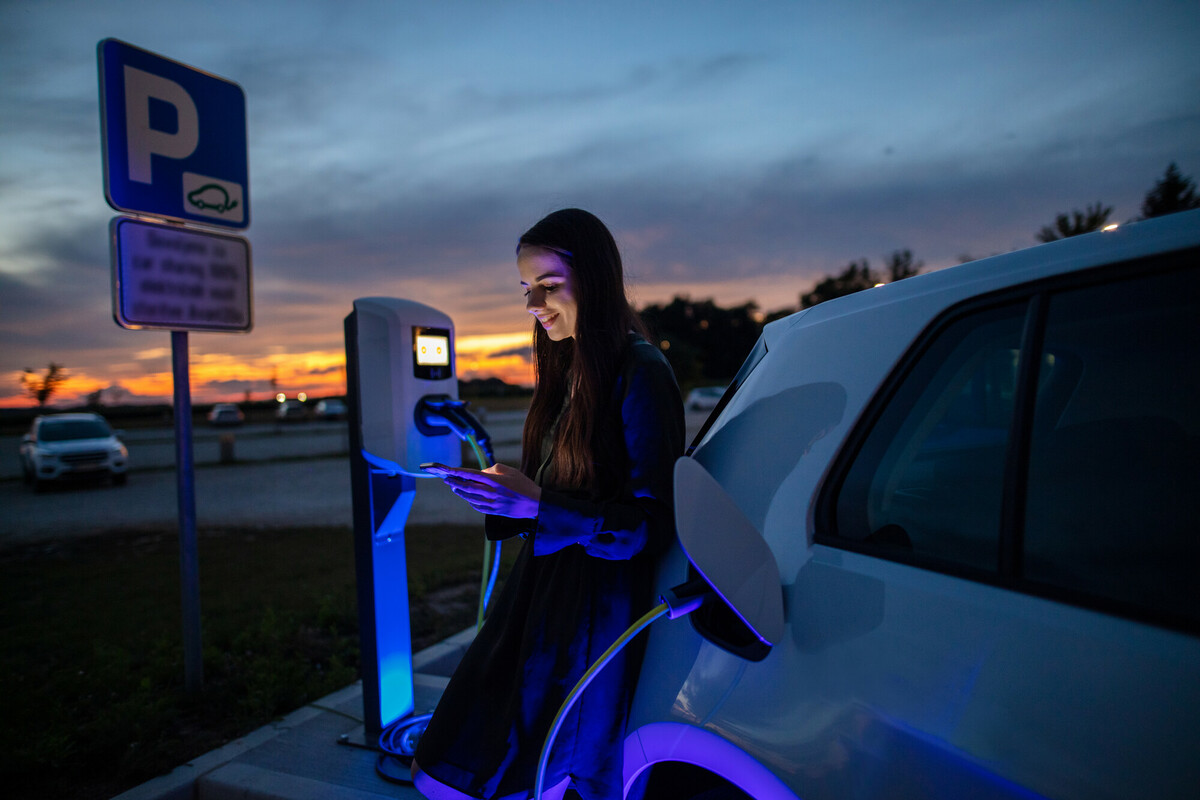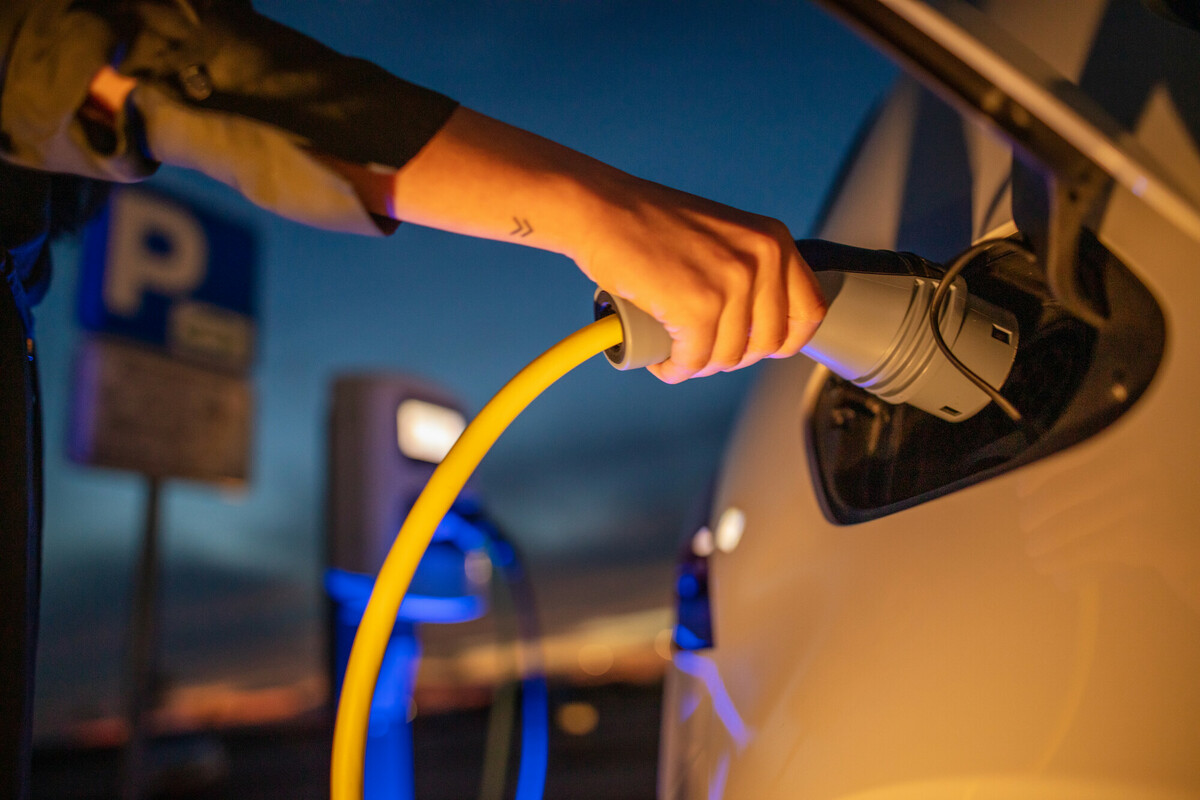With larger batteries and a charging network that’s improving all the time, the concept of “range anxiety” is becoming increasingly irrelevant in the world of electric vehicles. After all, even the average electric car can now get in excess of 350km out of a fully-charged battery, while some models such as the Mercedes EQS get more than 500km.
The question often crops up as to what happens when EV drivers want to undertake a longer journey. Look at it like this: if you were driving from Dublin to Killarney or West Cork, you’d probably stop for a coffee, a snack, a toilet break or to stretch your legs, right? The 20 minutes or so that that would take isn’t really that far off the half hour to 40 minutes or so you’d likely need to top up your EV battery at a fast charger.
The point is that, with a little patience and planning, making a long journey in an electric car is absolutely possible provided you take on board a few tips.
Charge before you go
Start any long journey with a full battery by charging up the night before you go as this will help minimise the number of stops you’ll have to make.
Make some pre-trip checks
There are a couple of small checks you can make before you set off to make sure you get the greatest range out of your battery. First, make sure your tyres are inflated to the correct pressure as, safety concerns notwithstanding, under-inflated tyres create increased resistance, which reduces the efficiency of the car in motion. If you’re carrying any unnecessary weight that you don’t need — golf clubs in the boot, baby seats and so on — leave them at home as these can also impact on efficiency. If you have a roof-rack or a roof box and you don’t need it this time, leave it at home as both are killers when it comes to reducing range. If you are carrying a full complement of passengers and, say, a couple of bikes on the roof, don’t forget to factor that into your range calculations.
Plan your route
Apps such as Zap Map that use data from ESB eCars to help EV drivers plan their routes based on charging availability are useful as they can help drivers plan where they’re going to stop and charge depending on their cars’ range. If you plan your route properly based on your range, you hopefully won’t end up hunting around for a charger worried that you’re going to run out of power before you find one. Usefully, Tesla’s navigation system can calculate the fastest and most direct route via the most suitably located chargers depending on your battery range.

Make allowances for broken or occupied chargers
Don’t try calculating your charging stops based on best-case scenarios. Plan to stop at locations that are well within your car’s range and plan to leave yourself with around 20 per cent of range remaining. That means that if you get to a stop and you find that the charger you had planned to use is broken or occupied, you’ll have enough energy to go locate another charger.
Don’t charge to more than 80 per cent
Because of the way battery chemistry works, topping up the last 20 per cent is a much slower process than the first 80 per cent. As such, it makes sense not to exceed 80 per cent capacity at a charger if you can, as it’ll mean you’ll be back on the road sooner and won’t be keeping other users away from the charger for longer than necessary.
Don’t always avoid towns
If you’re covering longer distances, for the sake of speed and convenience, it often makes sense to stick to motorways as much as possible; for charging stops, that may not always be the case. If, having been driving for two or three hours, you’re going to be stopped for 30 or 40 minutes, a town or village can often be a more pleasant place to halt than a motorway service station. Most small towns and even plenty of larger villages usually have at least one public charger and if you’re stopping for a coffee or a sandwich, you’ll usually find tastier and more varied choices than the usual pit-stop fare. It might not result in a shorter journey, but it does make for a more interesting one.

Slow down
If you’re concerned with conserving battery life and extending your driving stints, try slowing down a bit. As a car drives along a road, power must be equal to or greater than resistive forces, namely aerodynamic drag and rolling resistance in the tyres. Because the power needed to overcome drag is equal to the force of that drag multiplied by the velocity of the vehicle, the faster a vehicle goes, the more power is required and the less efficient it is. In short: slowing down by 10- or 20km/h won’t lose you a lot of time overall, but it will help increase your range.
Choose an overnight stop with a charger
If you’re going to be staying somewhere overnight, many hotels and guesthouses now have charging points located on their grounds. Staying in one of these offers you the convenience of potentially being able to wake up in the morning with a full battery, ready to hit the road again.